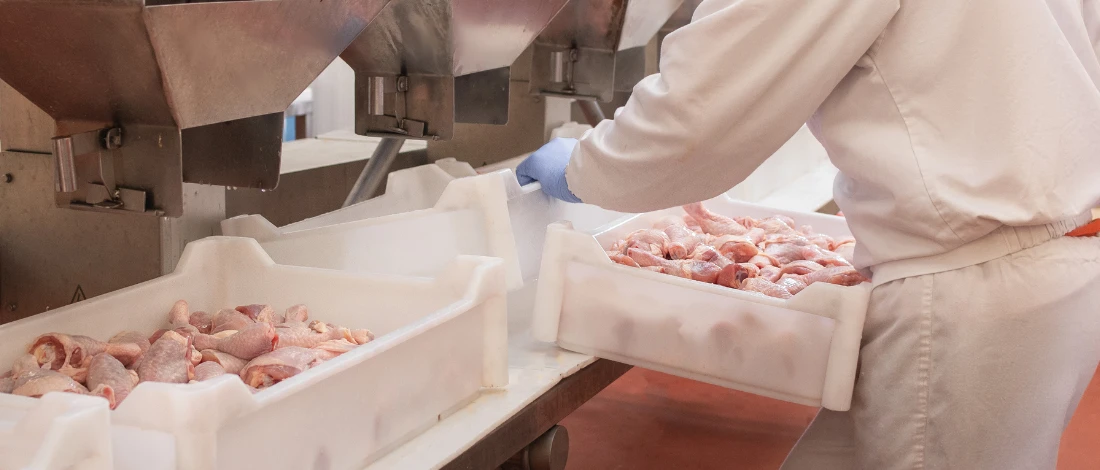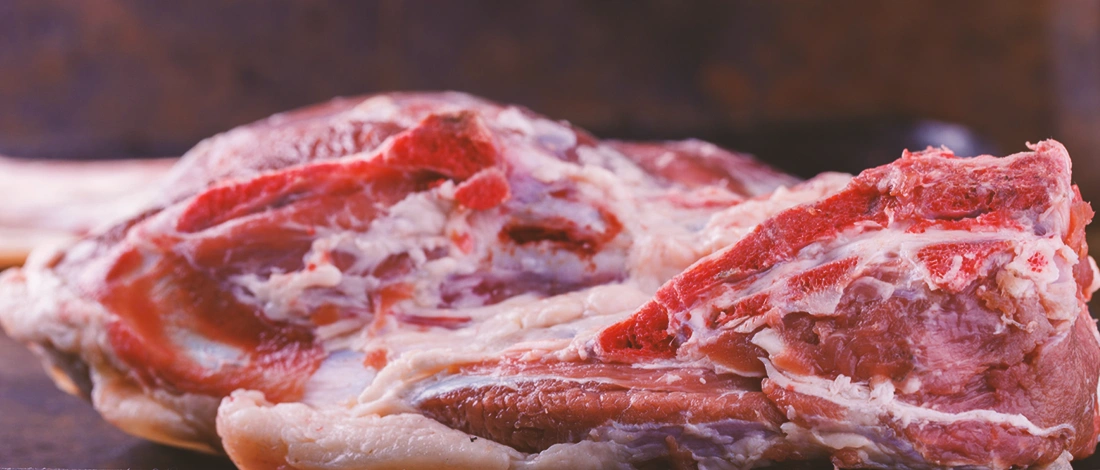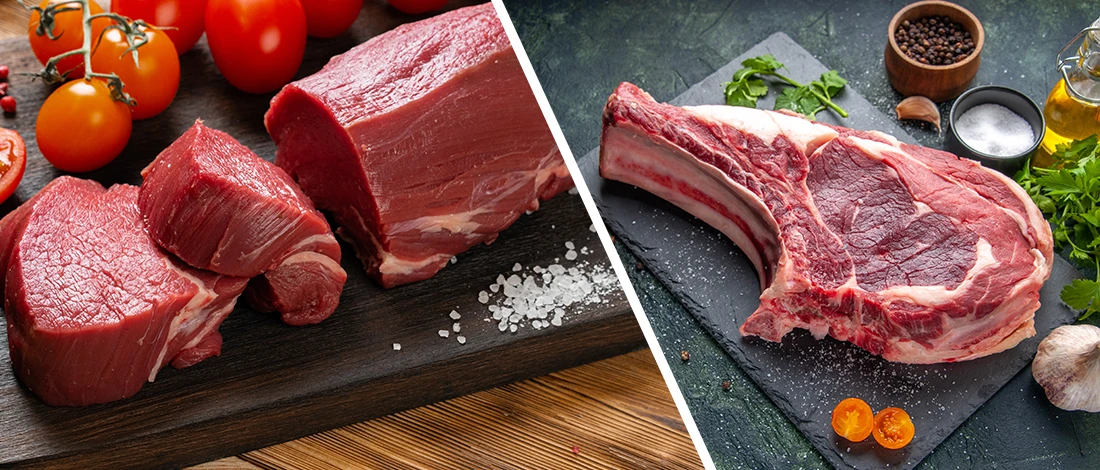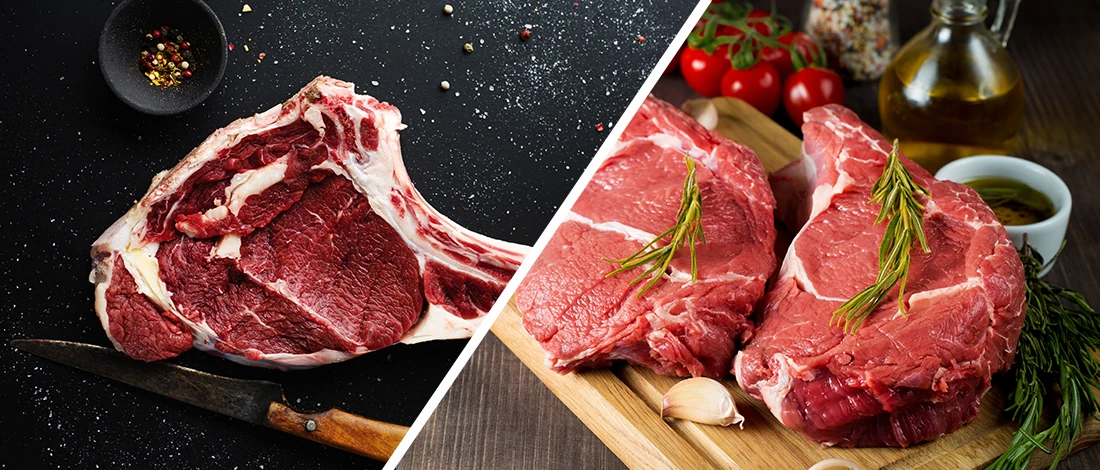Depending on where you live, the meat on your plate could leave a trail of emissions rivaling the energy it takes to power your home.
That’s one takeaway from a new joint study by the University of Michigan and the University of Minnesota, published in Nature Climate Change. Researchers traced how meat supply chains stretch across the country—connecting farms, feed producers, and processors—and calculated the greenhouse gases that come with every step. They call it the nation’s “carbon hoofprint.”
The analysis, backed by the National Science Foundation, mapped the meat-related emissions for more than 3,500 U.S. cities. Taken together, America’s urban meat footprint outweighs the entire carbon output of Italy. Yet the data also offers local insight for cities hoping to cut emissions and rethink how food gets to their tables.
The findings show that high meat consumption in a city doesn’t automatically mean a larger carbon hoofprint. The bigger driver is how that city’s food links to rural counties that grow animal feed, raise livestock, and process meat. Emissions vary widely depending on fertilizer use, crop yields, and land-use change.
Beef carries the heaviest load, followed by pork and chicken. But the researchers found that shifting diets and reducing food waste could shrink emissions by as much as half. For example, replacing beef with poultry or improving food storage could trim urban hoofprints by 14% to 51%.
“There’s no single emissions number for the meat we eat,” said Rylie Pelton, co-lead author and researcher at Minnesota’s Institute on the Environment. “Each location has its own supply chain, and production methods differ everywhere. That all shapes the outcome.”
Los Angeles offers a clear picture of this complexity. Its beef supply runs through processors in 10 counties, drawing livestock from nearly 470 others and feed from more than 800.
Each stage—growing grain, managing manure, transporting goods—adds layers of emissions that together form the full footprint.
Benjamin Goldstein, co-lead author and professor at the University of Michigan, said the study changes how cities can measure and manage their environmental impact. “If someone cuts their beef intake in half and switches to chicken, the emissions savings could be substantial, depending on where they live,” he said.
The work builds on the Food System Supply-Chain Sustainability platform, or FoodS3, a research tool first used to study the corn industry. Over eight years, the team expanded it to trace meat and now plans to apply it to other products, from grains to industrial materials like steel.
By revealing how urban demand connects with rural production, the study highlights a shared responsibility between cities and farming regions. It suggests that cooperation—not blame—will be key to creating more resilient food systems and fairer livelihoods across the map.
In short, America’s meat supply doesn’t just feed cities; it shapes their climate impact. Understanding where that hoofprint begins may be the first step toward shrinking it.
You May Also Like: Beyond Meat Jumps as Revenue Beats Forecast, Fueled by Short Squeeze Frenzy






